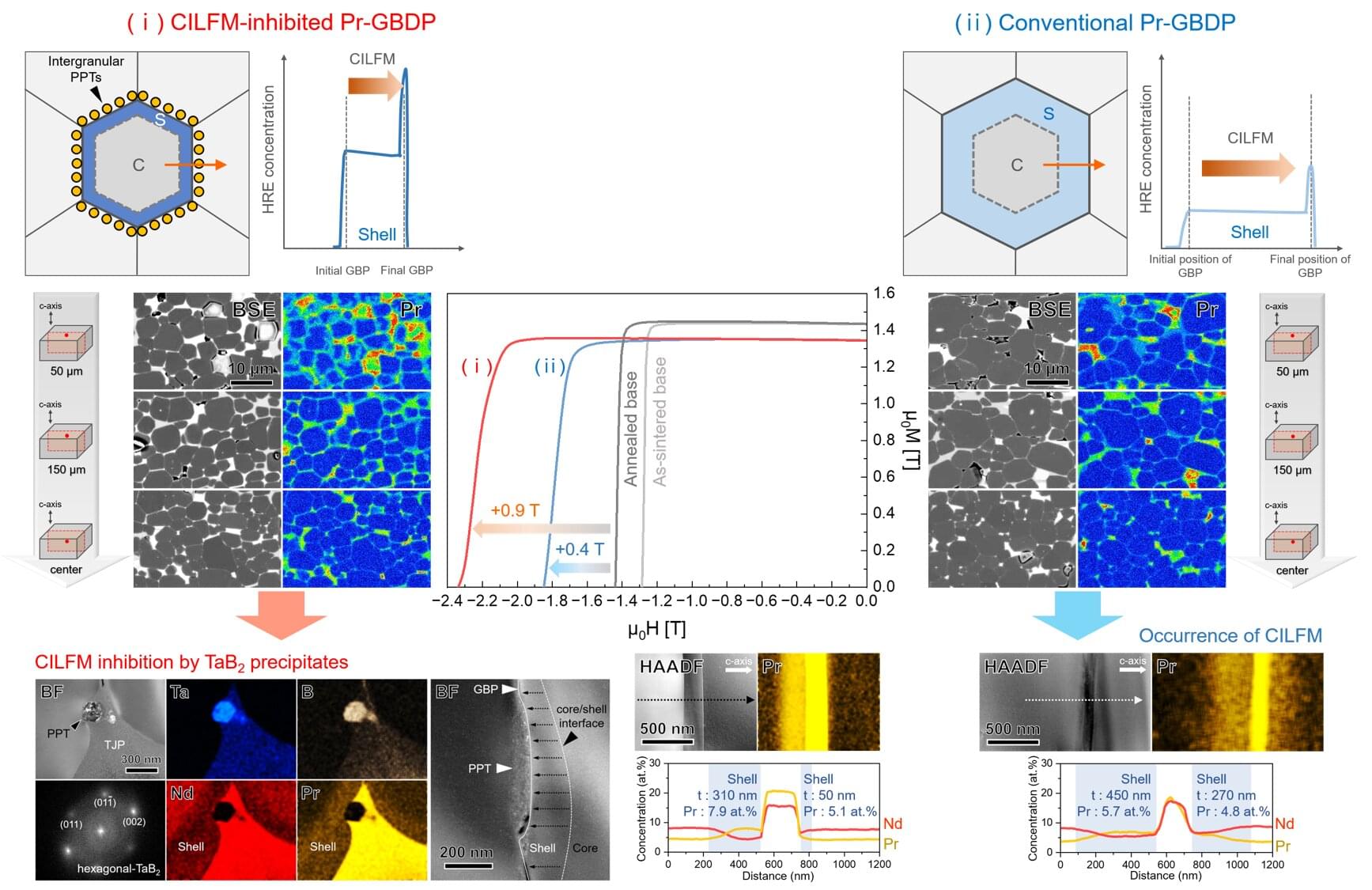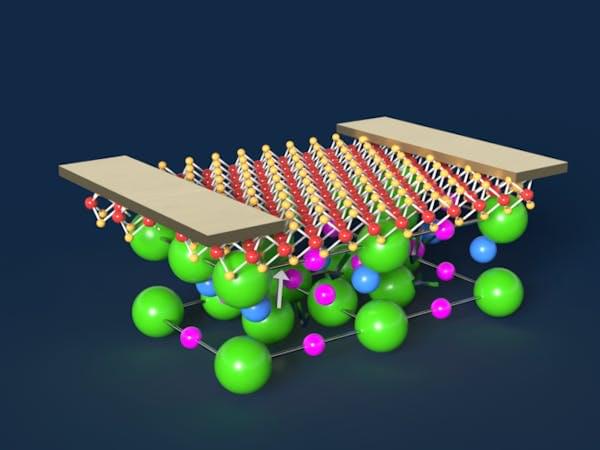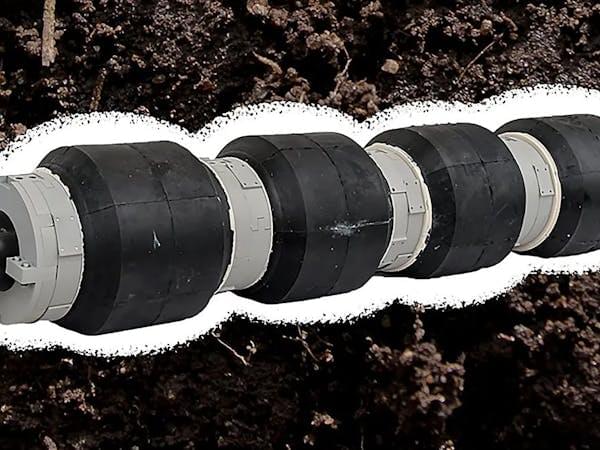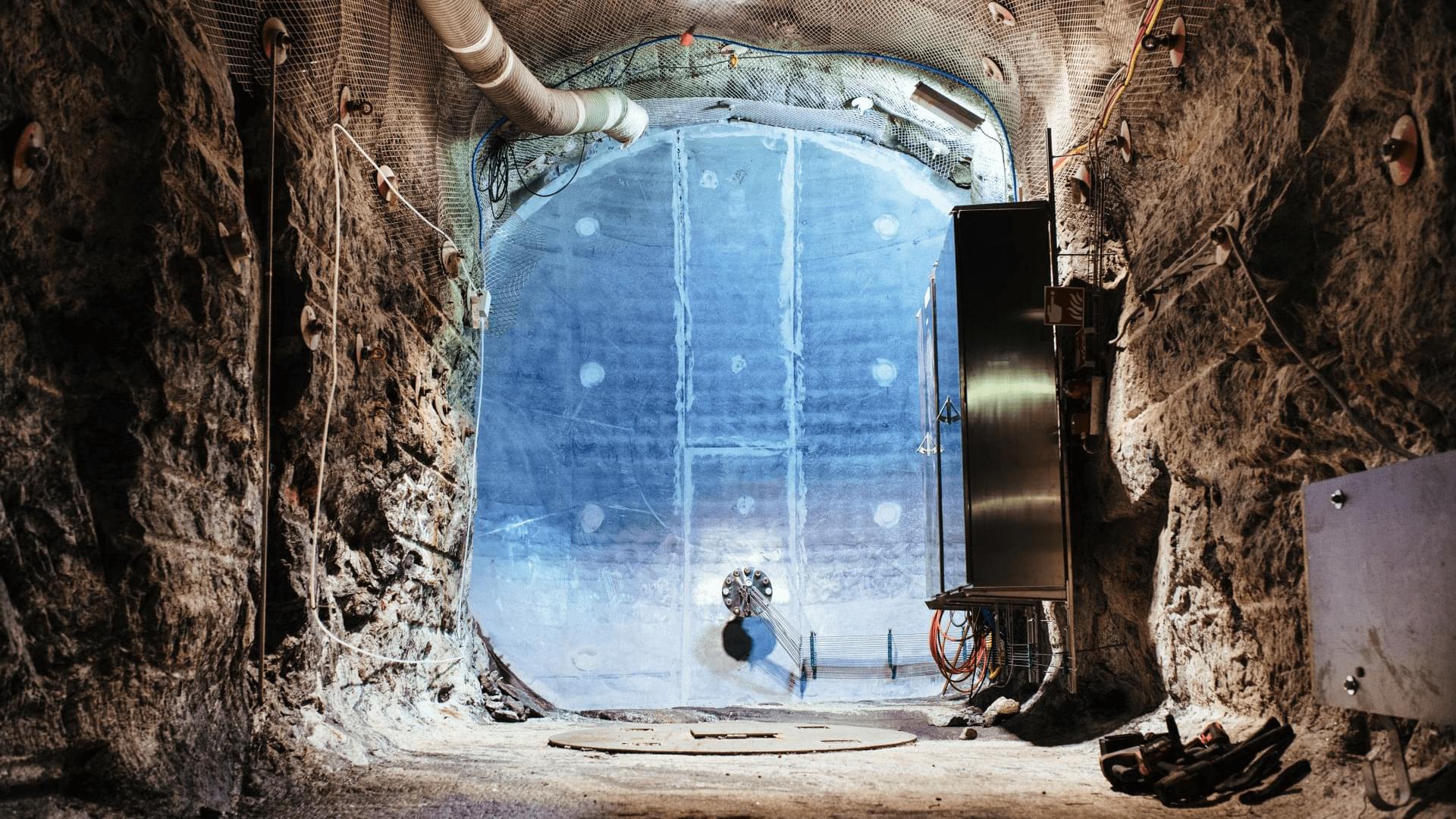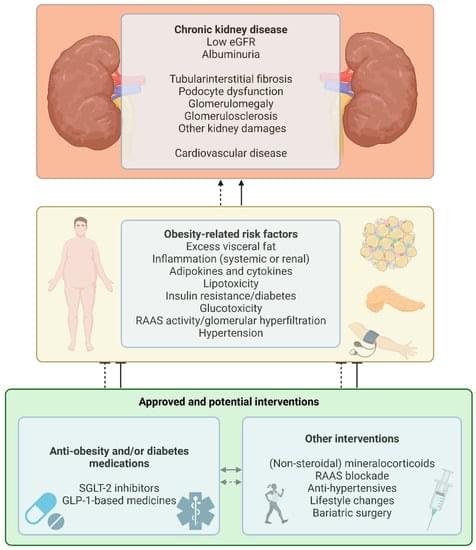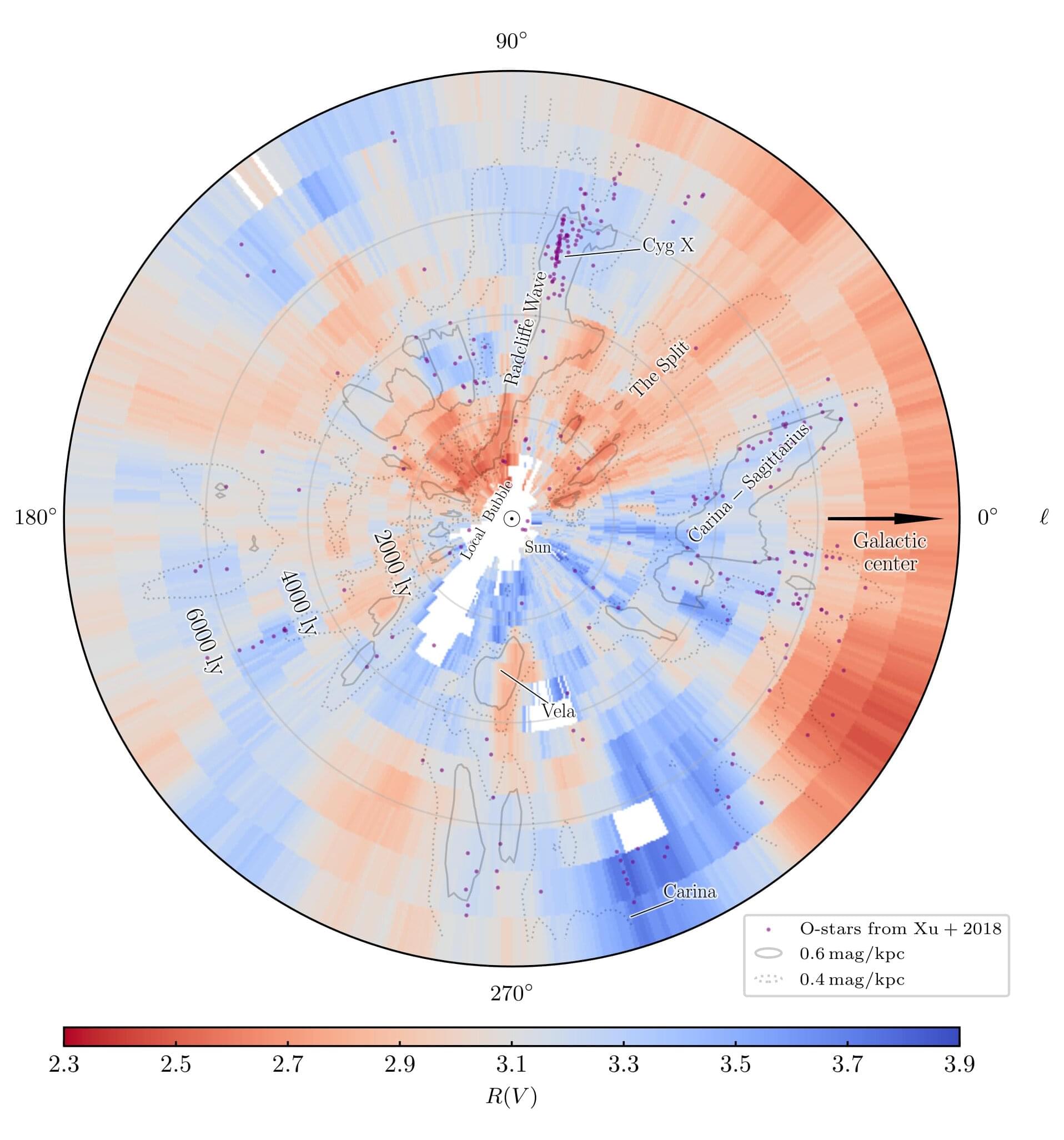The Nano Materials Research Division at the Korea Institute of Materials Science (KIMS), led by Dr. Tae-Hoon Kim and Dr. Jung-Goo Lee has successfully developed a grain boundary diffusion process that enables the fabrication of high-performance permanent magnets without the use of expensive heavy rare earth elements. This pioneering technology marks the world’s first achievement in this field.
The findings are published in Acta Materialia.
Permanent magnets are key components in various high-value-added products, including electric vehicle (EV) motors and robots. However, conventional permanent magnet manufacturing processes have been heavily dependent on heavy rare earth elements, which are exclusively produced by China, leading to high resource dependency and production costs.
